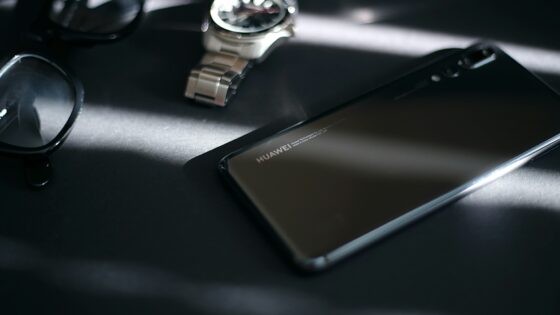
Credit: Wang Et. Al./City University of Hong Kong
It’s raining electricity, hallelujah.
Hydroelectric power is one of the oldest forms of electricity-generation, dating all the way back to the invention of the waterwheel. The thing about hydroelectric, though, is that its use of water is more one of circumstance than necessity. If rivers flowed with, I dunno, chocolate sauce, then that’s what would propel waterwheels. We’re not drawing on any latent electrical potential of water itself and its inherit characteristics. Or at least, we weren’t until now.
A team of researchers from the City University of Hong Kong have developed a new kind of power generator that can draw an impressive amount of electricity from a single drop. This device, named the “droplet-based electricity generator” (or “DEG”), features small electrode panels constructed of aluminum, indium tin oxide, and the secret ingredient, PTFE, a material that carries a near-constant electrical charge. When a drop of water hits the surface of the panels, a closed-loop circuit is created between the aluminum and tin, bridged by the PTFE. When droplets hit the panels in rapid succession, they accumulate charges, eventually letting them loose in a quick burst of electricity. A single drop of water could produce enough juice to light 100 LED light bulbs for a moment.
The current drawback is that the electricity can’t yet be released in a consistent stream, only short bursts. The electrodes are also prone to corrosion after prolonged use. If they can work out the kinks, though, the DEG could be another cornerstone in the endless pursuit for renewable power. You could make an umbrella with these panels that can charge your phone in the rain, or better yet, layer the roof of a home with them. The applications are pretty obvious, no?































